The Conformist/1970/115 min.
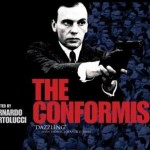 Is Bernardo Bertolucci’s “The Conformist” – an art film classic regarded by many cinematographers as the most beautifully photographed movie of its era – also a neo-noir?
Is Bernardo Bertolucci’s “The Conformist” – an art film classic regarded by many cinematographers as the most beautifully photographed movie of its era – also a neo-noir?
Well, it’s a movie, set in the 1930s, about those old noir standbys: romance, sex, murder, betrayal, guilt and political/police corruption. Adapted from the famous novel by Alberto Moravia, it has a psychologically divided and tormented central character, Marcello Clerici (played by Jean-Louis Trintignant of “Z” and “A Man and a Woman”), who is racked by Freudian desires and guilty secrets. The opaque-faced Marcello has homosexual leanings, which he tries to wipe out by marrying and becoming a good reliable government man. In 1930s Italy, this means being a good fascist.
Marcello is also involved in a messy triangle with his lovely, naive wife Giulia (Stefania Sandrelli) and with the incredibly beautiful bisexual Anna Quadri (Dominique Sanda). In 1970, because of this movie, the ravishing blonde Sanda was often described as the most beautiful actress in movies. Sanda was also Bertolucci’s first choice to be Marlon Brando’s co-star in “Last Tango in Paris.” (She chose motherhood instead.)
“The Conformist,” though, made her a movie immortal. Sanda’s feverish onscreen tango with Sandrelli against an iridescent, gorgeously colored background, while Marcello watches, is one of the most justly famous erotic/musical set-pieces in all of cinema.
Bertolucci later went on to make celebrated and even notorious classics like “The Last Emperor” and “Last Tango,” but many aficionados still prefer “The Conformist” for its engrossing story, the savvy political background, the absolutely gorgeous Storaro cinematography (the color equivalent of a great noir black-and-white), and for the riveting performances by Sanda, Trintignant, Sandrelli, Pierre Clementi, Yvonne Sanson and the others. [Read more…]
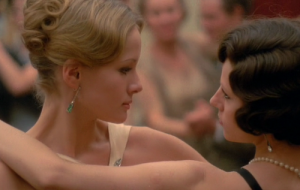





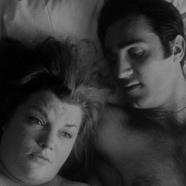

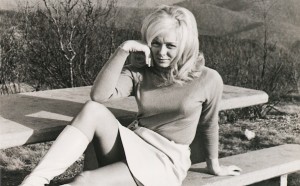
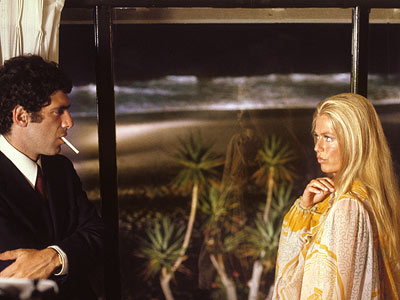
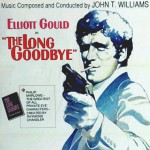

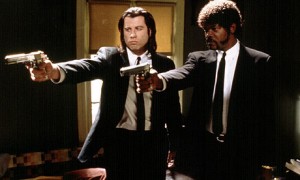

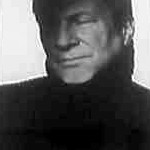








From FNB readers